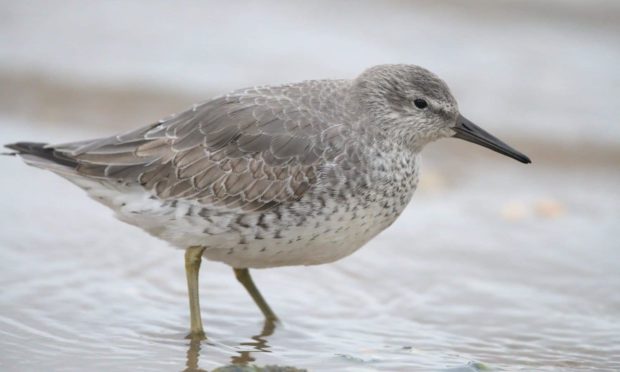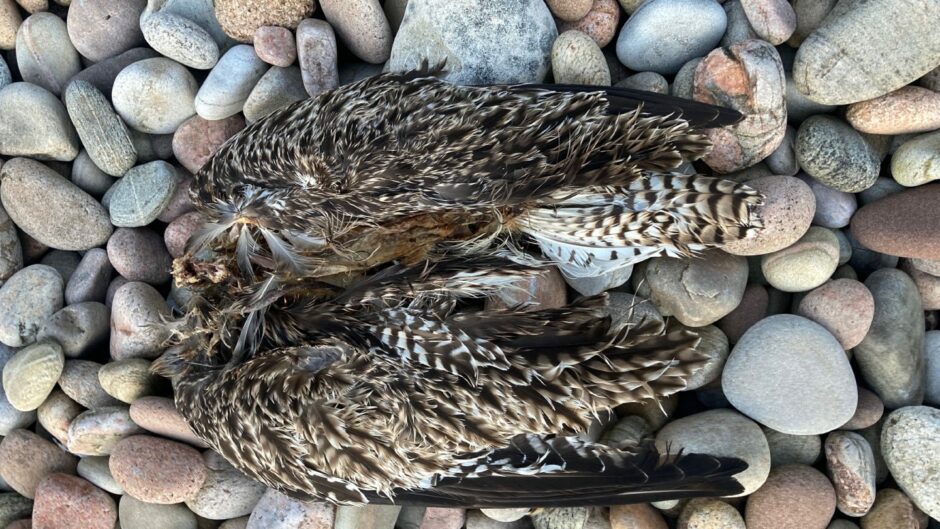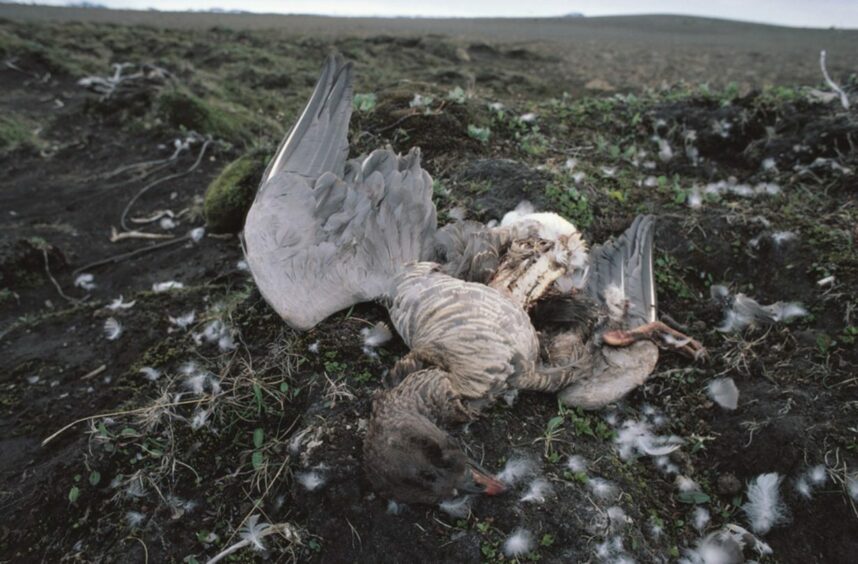Environmental health officers are visiting a Shetland island following an outbreak of bird flu.
Officers from Shetland Islands Council have travelled to the island of Whalsay to impose control measures across the area.
The move has been prompted by an increase in cases of avian influenza, commonly known as bird flu, in Shetland’s wild bird population.
Social media posts have suggested further reports of wild birds affected in several locations.
The Animal and Plant Health Agency (APHA) placed a 1.9 mile protection zone around a poultry holding, to the south-west of the island, last weekend after it became infected.
Council officers are now appealing to local residents to refrain from handling dead or sick birds in an effort to isolate the outbreak.
All discoveries should be reported to the Department for Environment, Food & Rural Affairs (Defra).
A council spokesman said: “Shetland Islands Council is reminding the public not to pick up or touch any dead or visibly sick birds that they may find.
“Anyone finding a single dead wild waterfowl (swans, geese or ducks), a single dead bird of prey, or five or more dead wild birds of any other species (including gulls) at the same place at the same time, should report them to Defra’s GB telephone helpline: 03459 33 55 77.”
The outbreak comes just two months after bird flu cases were recorded on the Cromarty Firth.
Several dead birds were found lying on the shorelines, with pink-footed geese falling victim.
A third of the Svalbard Barnacle Geese population was also wiped out in November 2021 due to a similar outbreak.
Meanwhile, more than 70 birds from 17 different species were found dead or dying earlier this month around the shorelines of Littleferry and Loch Fleet, just south of Golspie.
Officials feared their deaths may be linked to an outbreak of bird flu.


